
DIY Petroleum Free Jelly
Petroleum-free ‘jelly’ is super easy to make and only requires two ingredients. This ointment is often used to repair dry cracked skin and minor wounds, seal in moisture, and prevent or treat diaper rash. Homesteaders also use it for a wide variety of livestock applications. The regular stuff isn’t expensive and is available at your grocery or drug store. So why would you start making your own substitute?
This post contains affiliate links or advertisements as a means for this website to earn income. As an Amazon, LLC affiliate, I earn a commission on qualified purchases made through these links.
Why I Started Making Petroleum-Free Jelly
I started making ointment to replace store-bought petroleum jelly for several reasons…
- Decrease my use of petroleum products
- Use all-natural ingredients
- Concerned about using a petroleum product on my skin
- Increase my self-reliance
I know that I can’t cut petroleum products out of my life completely. We still have a car that runs on gas and purchase products with plastic containers. (I’m working on the plastic, ahem.) However, my family is trying to cut back on our petroleum use and increase our sustainability.
Try my easy recipes for Peppermint Foot Balm, Hand Salve for Gardeners, and Vanilla Bean Sugar Scrub.
105 Ways To Be More Self-Reliant
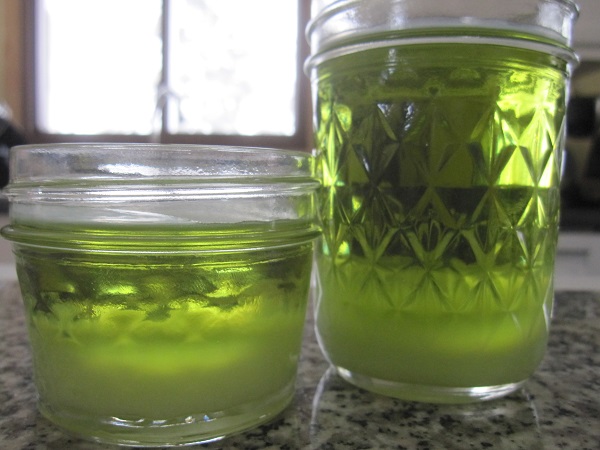
Is There Anything Wrong With Petroleum Jelly?
Repeated use of petroleum jelly may cause allergic reactions in people with sensitive skin. It should not be used internally and some people have concerns about the safety of using it topically. I’m not super concerned about using petroleum jelly on my skin occasionally. However, I prefer to use non-petroleum products when possible. I like using renewable products like beeswax and vegetable oils (in glass bottles) to make my skincare products.
How To Make Petroleum-Free Jelly
Making petroleum-free jelly is simple and only takes about 15 minutes, maybe less. You’ll need a double boiler or similar setup to melt the beeswax. Use a sterile jelly jar or another container for your finished product. Be careful heating your ingredients and pouring the hot ingredients into containers.
Petroleum-Free Jelly
Equipment
- Double boiler
Ingredients
- 1 cup sweet almond, avocado, or olive oil
- 2 tbsps beeswax grated
Instructions
- Place beeswax and oil in the top pan of your double boiler. Add an inch or two of water to the bottom pan, being careful not to get any water into the top pan. Place the top pan on the bottom pan, then place the double boiler on a medium-low burner.
- Heat and stir the oil and wax mixture until the beeswax melts. Remove the pan from heat.
- Add a few drops of essential oil, if desired. Stir.
- Remove the top pan from the double boiler and carefully wipe off the moisture from the bottom of the pan with a towel.
- Pour the mixture into a sterile jelly jar or cosmetic tin. Allow the oil to cool.
Notes
Variations Of This Recipe
When I searched for natural alternatives to petroleum jelly, I found a ton of recipes for homemade ointments. Everyone has their own formula! I found recipes that included vitamin E oil, coconut oil, castor oil, and a variety of essential oils. The recipe I’m sharing is very basic and produces an ointment that may be used for numerous purposes.
Environmentally Responsible Shipping At Eartheasy.com – Learn MoreHow To Use Petroleum-Free Jelly
You may use this natural petroleum-free jelly just like you would use storebought jelly or any other ointment. It can also be used in some ways that I wouldn’t recommend for the petroleum-based product. There are many uses you may never have considered.
This product is often used as a skincare product and for healing minor wounds. For this reason, it is very important not to contaminate the jar of ointment. Wash your hands thoroughly and use a clean spoon or cotton swab to remove ointment from the jar.
When used as a healing aid for minor cuts and scrapes, clean the affected area thoroughly. (If the condition persists or the area becomes red or inflamed, please consult a licensed medical professional.)
When used to treat or prevent dry skin, moisten the skin first. The jelly will seal moisture in, instead of sealing it out!
Do not apply around the nostrils or inside of the nose of young children.
Keep a jar of this ointment for your family’s skin care needs and a separate jar for your livestock!
Here are some ways to use your homemade petroleum-free jelly for your family and homestead…
Petroleum-Free Jelly Uses For Your Family
- Prevent or treat dry skin
- Coat hands before gardening to prevent stains
- Apply before bed to repair rough skin
- Help heal minor wounds
- Treat chapped skin
- Prevent diaper rash
- Repair split ends
- Remove cosmetics
- Use as a cuticle cream
- Mix with sugar or salt for an exfoliating scrub
- Use in place of aftershave
- Hot oil treatment for hair
- Use in place of lip gloss or chapstick
- In place of massage oil
- As foot cream
Petroleum-Free Jelly Uses For Animals
When making petroleum-free jelly for use on pets and livestock, be sure to only use essential oils that are safe for them. Some essential oils are toxic for pets and should never be used on their paws or skin where they might lick the oils off.
- Protect your pets’ paws (or make a batch of paw balm)
- Prevent frostbite on chicken combs and wattles
- Treat scaley leg mites
- Heal small wounds
- Use as bag balm for dairy animals
- Lubricate vent for egg-bound hen
- Treat dry skin on pets and livestock (do not use on feathers)
- Use to clean the outer part of animal ears
Petroleum-Free Jelly Uses for Home & Hearth
- Polish and protect leather
- Lubricate hinges
- Wood conditioner for furniture
- Protects wooden spoons from cracking
- Prevents rust on tools
- Lubricate zippers
- Use in place of masking tape on windows when painting
- Clean garden tools and protect wooden handles
- Waterproof gloves and outdoor items (test on cloth first)
Making Ointments & Salves
It’s pretty easy to just pick these products up at the drug store…I get it. For most of my life, I’ve done that too! We still have an old jar of petroleum jelly around here somewhere…probably in the chicken coop. But for the last few years, I’ve been making my own.
I know you can do it too. Honestly, it isn’t that complicated or time-consuming. You do need to have a few ingredients on hand. Don’t go out and purchase a ton of essential oils and expensive ingredients. Get some beeswax and pick up some good quality olive or avocado oil. Those can be your base ingredients for almost any salve, balm, or ointment.
In addition to those, here are a few extras you might want…. tea tree oil and oregano essential oil for their anti-fungal and anti-bacterial properties, and maybe some lavender oil for its soothing scent. Do some research into which essential oils you would like to try and purchase food-grade products.
Learn how to make your own all-natural bath and body products!
Have you ever made your own bath and body products? Leave a comment!


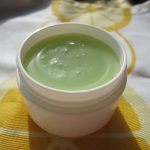

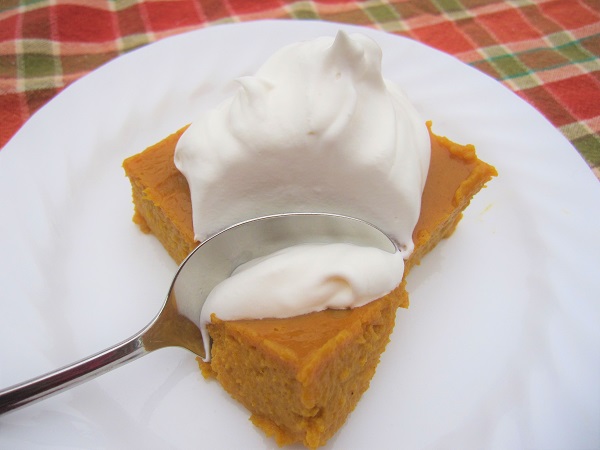
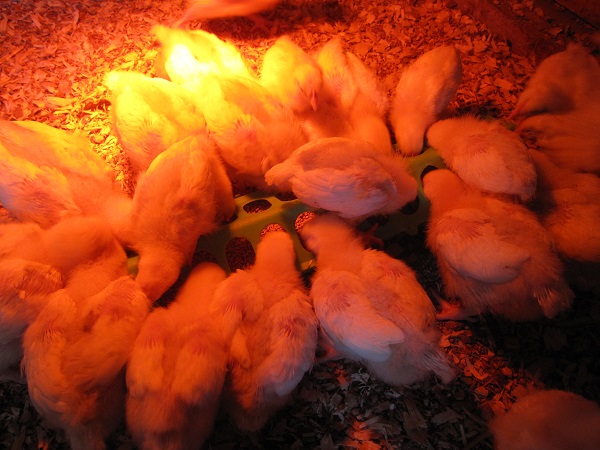
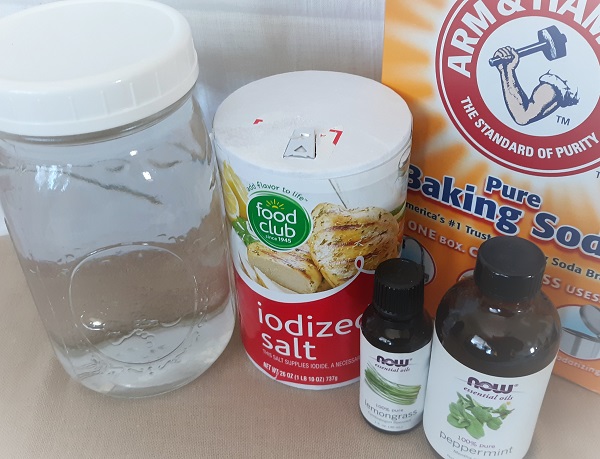
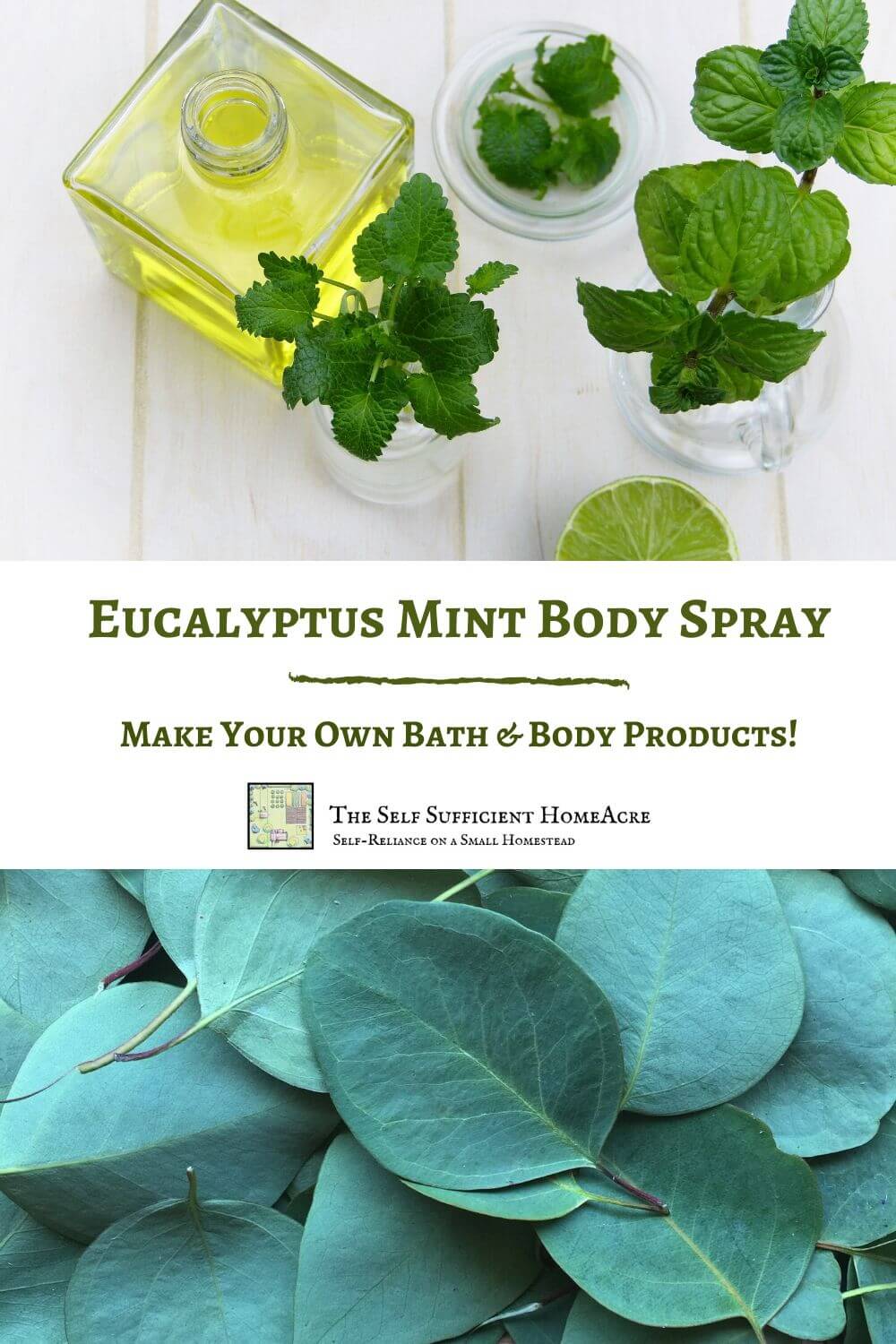
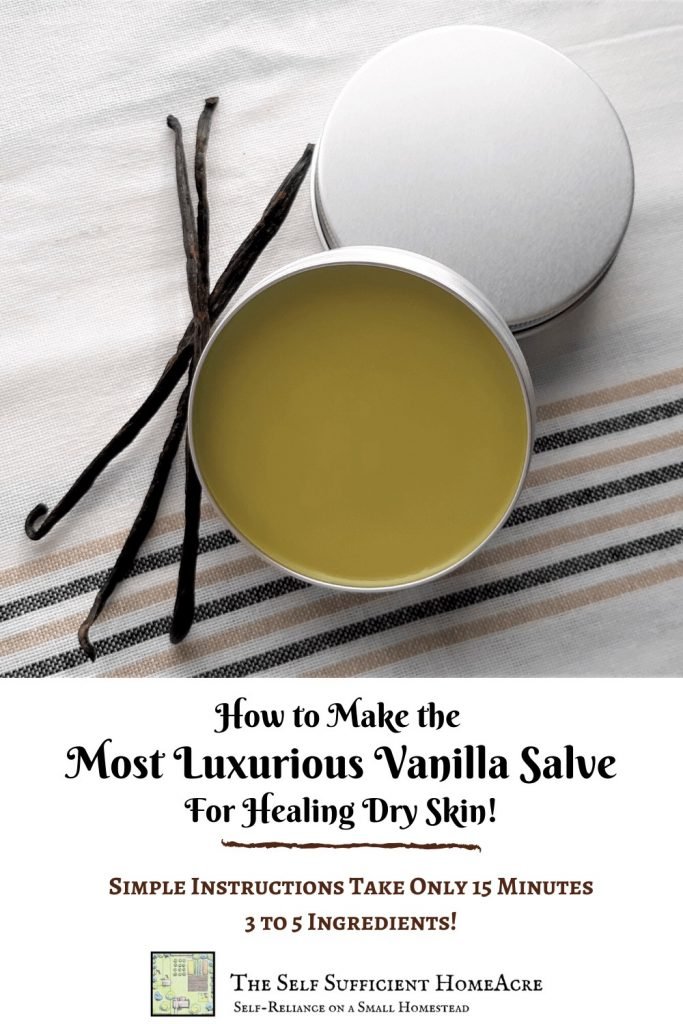

What a great idea! Thank you so much for sharing this 🙂
You’re very welcome… thanks for stopping by!
Lisa
Amazing how much we can produce right in our own kitchen!
Hi Michele!
So true… and it doesn’t take that much time to make!
Thanks for stopping by 🙂